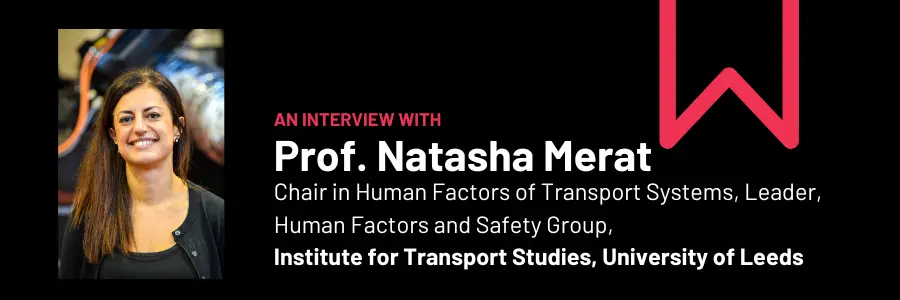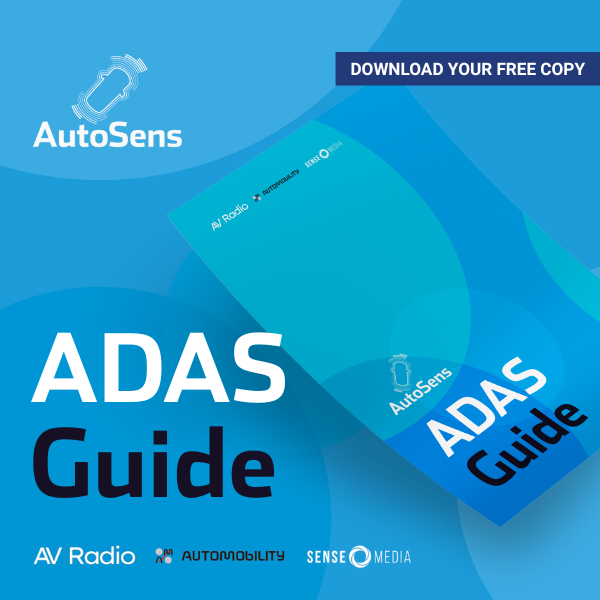Hi Natasha, we’re so excited that you’re able to join us at InCabin Brussels! I was wondering if you could tell me a little bit about your journey in the industry, and how your work at the University of Leeds has led you to speak at InCabin?
I have been using eye trackers to understand driver visual attention during different scenarios for over 20 years. My first project at Leeds involved an understanding of drivers’ visual attention and driving performance during manual driving, and how this is affected differently by visually distracting tasks, compared to non-visual “cognitive” distraction. I used Seeing Machines’ faceLAB for that study.
Since then, around 5 years ago, we started a formal collaboration with Seeing Machines, who sponsored a PhD student of mine, providing us with their PC DMS. The partnership continues via sponsorship of one of my post-doctoral fellows. I am also working with Smart Eye, who have recently upgraded their system in our driving simulator and are sponsoring another post-doctoral researcher in my team.
You’ll be presenting on human factors in L2/L3 vehicles at the event, can you tell us a bit more about what we can expect?
I’m going to provide some results on the challenges facing drivers who are disengaged from the driving task during L2/L3 driving and how this affects their visual attention, and ultimate performance when having to resume control from the automation. I will show some results on how their visual attention is distributed during different stages of automation, what this means in terms of their resumption of control and handling of the vehicle, and what we need to think about when developing future driver monitoring systems and their related HMI.
The conversation around this topic is growing fast, what do you think the future holds?
We need to be very aware of what drivers’ capabilities are and what they are likely to do if the DMS is not fit for purpose. It is the responsibility of designers to understand the limitations of their systems and ensure that these are used appropriately by the driver, ultimately leading to appropriate use of these systems and ensuring road safety.
...Don't forget that as an OEM / Tier1 you can join us for FREE!
We don’t want you to miss out on hearing crucial In-Cabin advancements! Enhance your experience and book your Full Pass to gain access to TWO technical tutorials to enhance your knowledge on Time-of-Flight sensing, & the Interplay of Human Factors & Safety.



